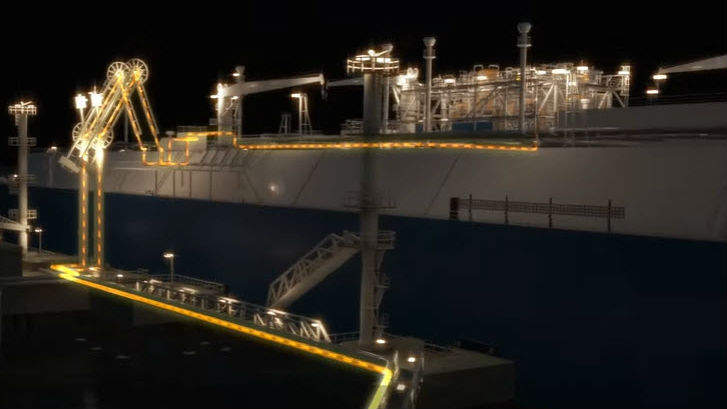Pakistan and Myanmar Active in LNG Market

Within the next five years, Pakistan's LNG demand is forecast to exceed 10 mmtpa.
Over the first quarter, WoodMac reports that Pakistan made some significant strides as an emerging LNG buyer. Four companies – Pakistan State Oil, Pakistan LNG, Fatima Group and Global Energy Infrastructure Limited (GEIL) have been active on the market.
Pakistan LNG Limited closed two tenders for LNG supply in January 2017. The first, called for 60 cargoes to be delivered over five years while the second called for 180 cargoes to be delivered over 15 years. Both tenders specified deliveries beginning in July 2017.
Both Gunvor and Eni submitted the lowest bids by taking a short position on the expectation that they would be able to pick up cheap uncontracted LNG in a future long market.
Pakistan has historically lacked the infrastructure to import substantial amounts of natural gas. Pakistan commissioned its first regasification terminal, the Engro Elengy floating, storage, and regasification unit (FSRU), at Port Qasim, in 2015. A second LNG terminal at Port Qasim was approved in July 2016.
Additionally, earlier this year, GEIL, Höegh LNG, Qatar Petroleum, Total, Mitsubishi and ExxonMobil formed a consortium to develop a project that includes an FSRU, a jetty and a pipeline to shore.
Myanmar
Late last year, about 100 companies submitted Expressions of Interest to provide Myanmar with LNG supply and / or import infrastructure.
Based on this, the Ministry of Electricity and Energy is expected to launch a Request for Proposal in April this year, with the expectation to implement the LNG project by 2020. The government is looking to implement the LNG project by 2020 to meet the country's rapidly rising power demand.
Paradoxically, Myanmar is exporting over 1,200 mmcfd of its domestic gas to Thailand and China, all the time while there is also significant upstream potential. Yet, reworking the export contracts are tricky and Myanmar cannot get its domestic gas off the ground soon enough, reports WoodMac.
Burma’s natural gas production has risen substantially in the past few years, from about 450 billion cubic feet (Bcf) in 2012 to 692 Bcf in 2015. Most of the country’s current natural gas output comes from four offshore basins off the country’s west coast: the Yadana, Yetagun and Zawtika fields in the Moattama basin, and the Shwe field in the Rakhine Basin. Burma’s natural gas production is forecasted to rise as new offshore projects come online.
The LNG business has changed significantly in the last two years, says WoodMac. Contracts are becoming shorter, and sellers are more accommodative to buyers' uncertain needs. The number of buyers without investment grade credit ratings, like Myanmar, are also rising.
Will this backdrop allow Myanmar to become one of the most unexpected importers?
